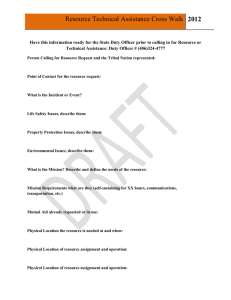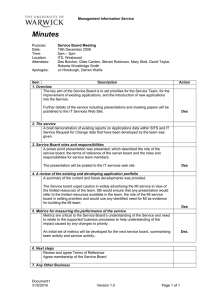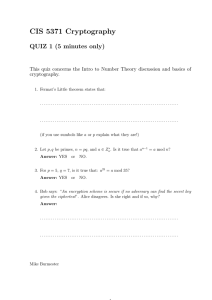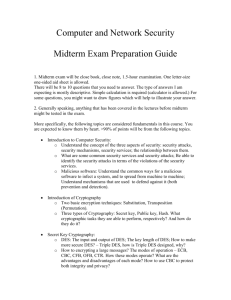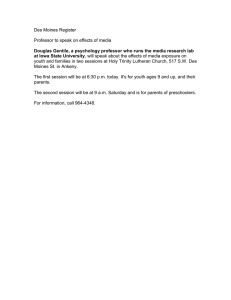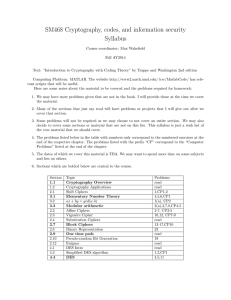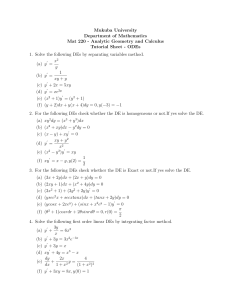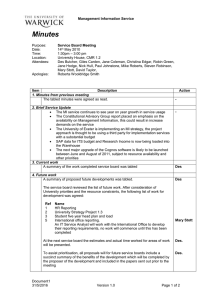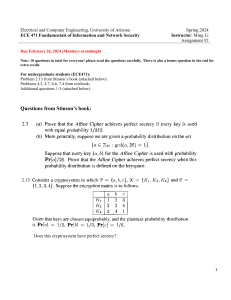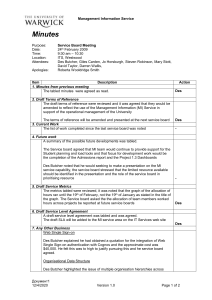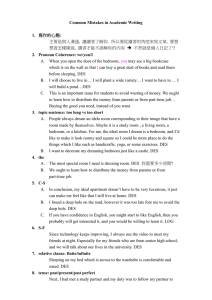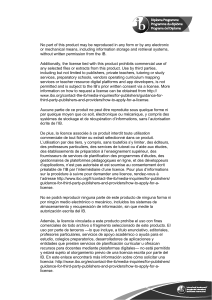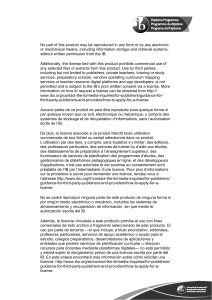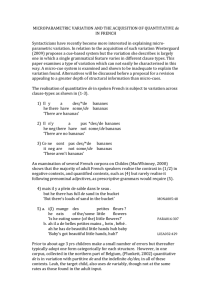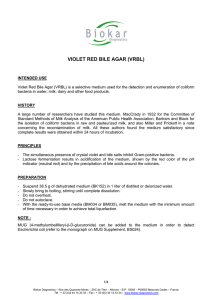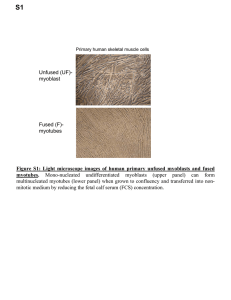CIS 5371 Cryptography Home Assignment 6
advertisement
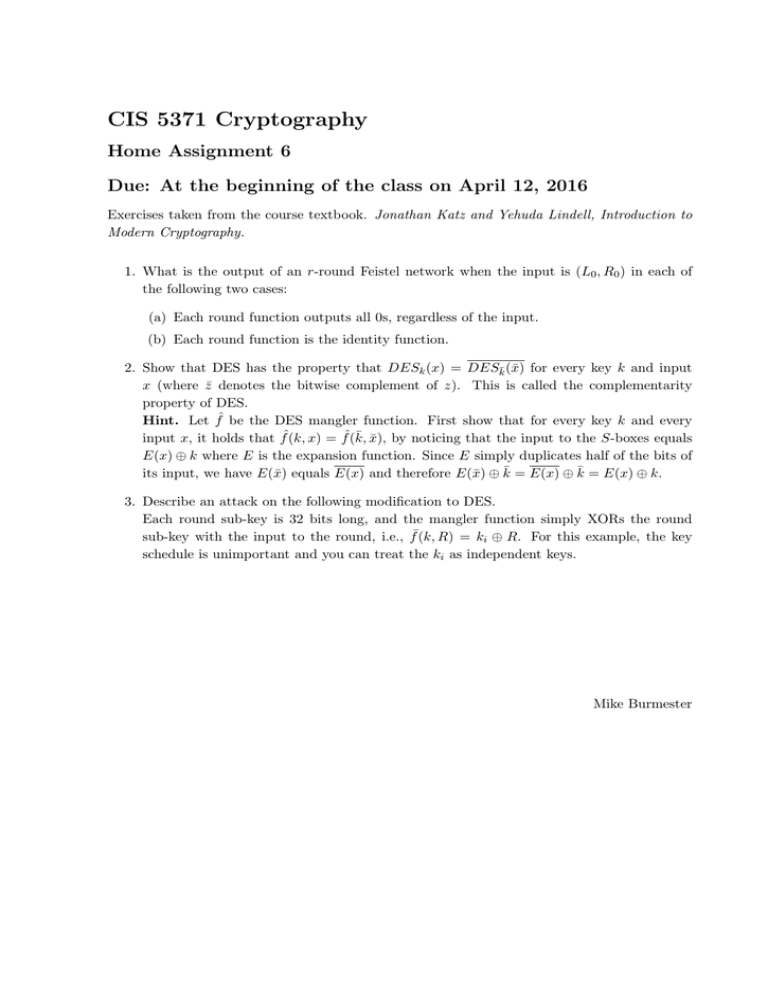
CIS 5371 Cryptography Home Assignment 6 Due: At the beginning of the class on April 12, 2016 Exercises taken from the course textbook. Jonathan Katz and Yehuda Lindell, Introduction to Modern Cryptography. 1. What is the output of an r-round Feistel network when the input is (L0 , R0 ) in each of the following two cases: (a) Each round function outputs all 0s, regardless of the input. (b) Each round function is the identity function. 2. Show that DES has the property that DESk (x) = DESk̄ (x̄) for every key k and input x (where z̄ denotes the bitwise complement of z). This is called the complementarity property of DES. Hint. Let fˆ be the DES mangler function. First show that for every key k and every input x, it holds that fˆ(k, x) = fˆ(k̄, x̄), by noticing that the input to the S-boxes equals E(x) ⊕ k where E is the expansion function. Since E simply duplicates half of the bits of its input, we have E(x̄) equals E(x) and therefore E(x̄) ⊕ k̄ = E(x) ⊕ k̄ = E(x) ⊕ k. 3. Describe an attack on the following modification to DES. Each round sub-key is 32 bits long, and the mangler function simply XORs the round sub-key with the input to the round, i.e., f¯(k, R) = ki ⊕ R. For this example, the key schedule is unimportant and you can treat the ki as independent keys. Mike Burmester
